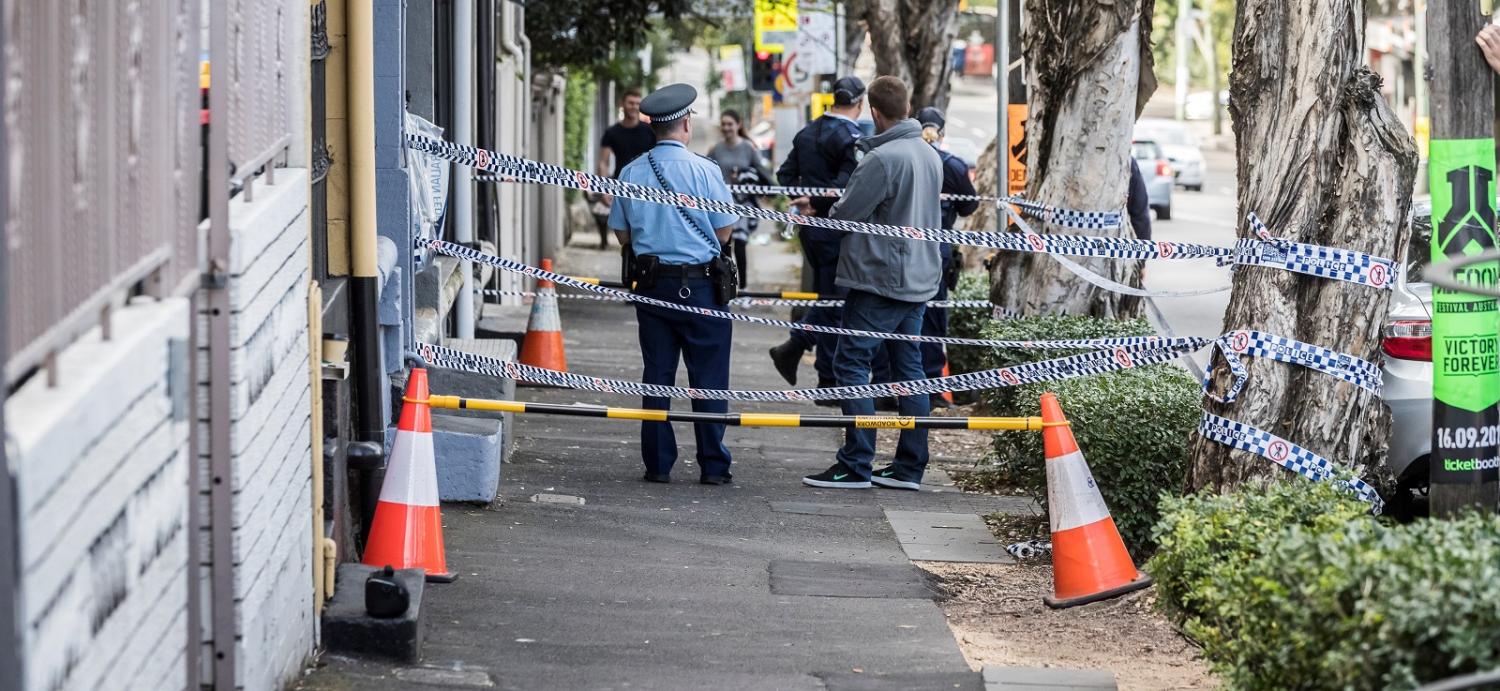If thwarted terrorist plots are anything to go by, then Australia surely does live up to its reputation as the lucky country. In the past month there were two narrowly missed major attacks that were part of the same conspiracy against Australian aviation. The latest plot was the thirteenth significant planned terrorist attack disrupted since Australia elevated its threat level in 2014.
Australian counter-terrorism efforts have been diligent and vigilant, no doubt. But the tempo and complexity of the terrorist attacks over the past few years has metastasized. The threat from jihadist groups is stretching the resources of professional counter-terrorism outfits around the globe.
The recent thwarted attack involved an attempt to bring a fully built bomb, built with military-grade explosives sent by an Islamic State terrorist in Syria, on board an Etihad aircraft bound for Lebanon from Sydney. The explosives were sent via cargo plane from Turkey and the bomb was assembled in Australia. It was an extremely narrow miss; the only reason the bomb didn’t make it onto the plane was because of weight restrictions. According to publicly available information, authorities didn’t have any indications of the plot beforehand. The back-up plot involved a chemical dispersion device.
What if this plot had succeeded? The ramifications to Australian society would have been felt all the way down the line, from increased and intrusive security measures and surveillance in public spaces, to the further securitisation of immigration, to significant increases in security spending and even more polarised politics.
It would also have revealed the gaps in our counter-measures to deal with the complex threat from jihadist terrorism. Because not only has the jihadist threat increased, the nature of the threat has evolved significantly.
Over the last 10 years, counter-terrorism officials have largely focused on the threat of domestic radicalisation. Though sophisticated plots planned and carried out by international organisations like al-Qaeda remained a serious concern, the general view was that the international reach of such organisations had been significantly hampered. Instead, the jihadist threat transformed into self-radicalised individuals living in the homeland, inspired by jihadist ideology, carrying out low-grade but still dangerous and unnerving attacks.
The rise of the IS caliphate changed the threat picture. Domestic radicalisation continued, but foreign fighters from around the world travelled to Iraq and Syria in droves, breathing new life into the jihadist cause and leaving counter-terrorism officials anticipating the blowback.
The recent decline of IS as a territorial entity has once again shifted the threat. Since IS started losing territory and experiencing military defeats, there has been a strong correlation between these defeats and international terrorist attacks carried out in its name. Once it started losing territory, the group shifted tactics, focusing on international and particularly Western targets to prove its relevance. IS set up an international operations unit known as the Amn al-Kharji. The attacks in Paris, Brussels and a thwarted attack in India, initially thought to be homegrown and inspired - rather than directed - by IS, are now known to be linked to this unit.
IS has now married two types of terrorism – the home-grown, domestic variety and the more sophisticated, internationally-planned attacks - into a hydra threat. Security analysts are calling these 'remote controlled' operations. The recently thwarted airline plot was exactly this type of threat: planned and controlled by operatives abroad, but carried out by 'cleanskin' individuals domestically.
This is a model that jihadist groups will replicate in future and it carries considerable risk for Australia. Remote controlled operations involve having foreign-based fighters with extensive skills coordinate attacks via online communications with native operatives who have local knowledge of the targeted country. Though IS sacrifices some command and control over attacks through this approach, the virtual planning model greatly expands the group's operational reach. Virtual planning has become a cornerstone of IS strategy.
These sophisticated and complex multi-jurisdictional plots pose a challenge to counter-terrorism officials around the world. They still have to deal with the prospect of international plots like those carried out by al-Qaeda in the 9/11 days, though well-honed tradecraft and cooperation mechanisms are in place to deal with these sophisticated attacks against major critical infrastructure. And they must watch domestically radicalised individuals who, while highly motivated to cause violence, lack the framework and capability to conduct complex plots.
Remote control plots merge the unique risks of those two threats. It's a lot for counter-terrorism officials to handle and requires major resources, deft handling, and greater intelligence sharing with international partners, including some with whom we don’t have regular and practiced communications.
In order to keep abreast of the new jihadist threat and avoid an attack and all the related reactionary effects, we must be proactive and reorient our understanding of the threat.

